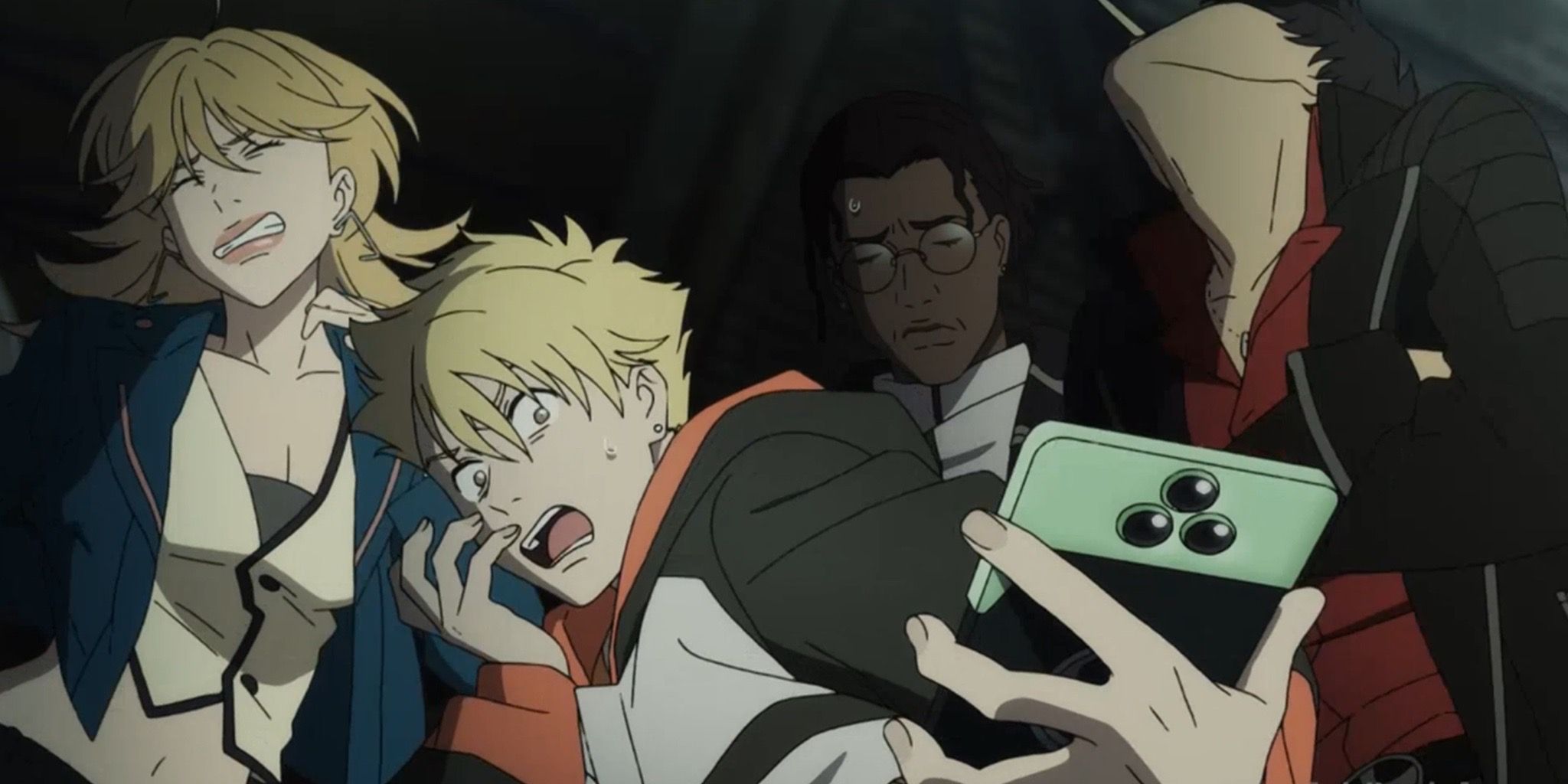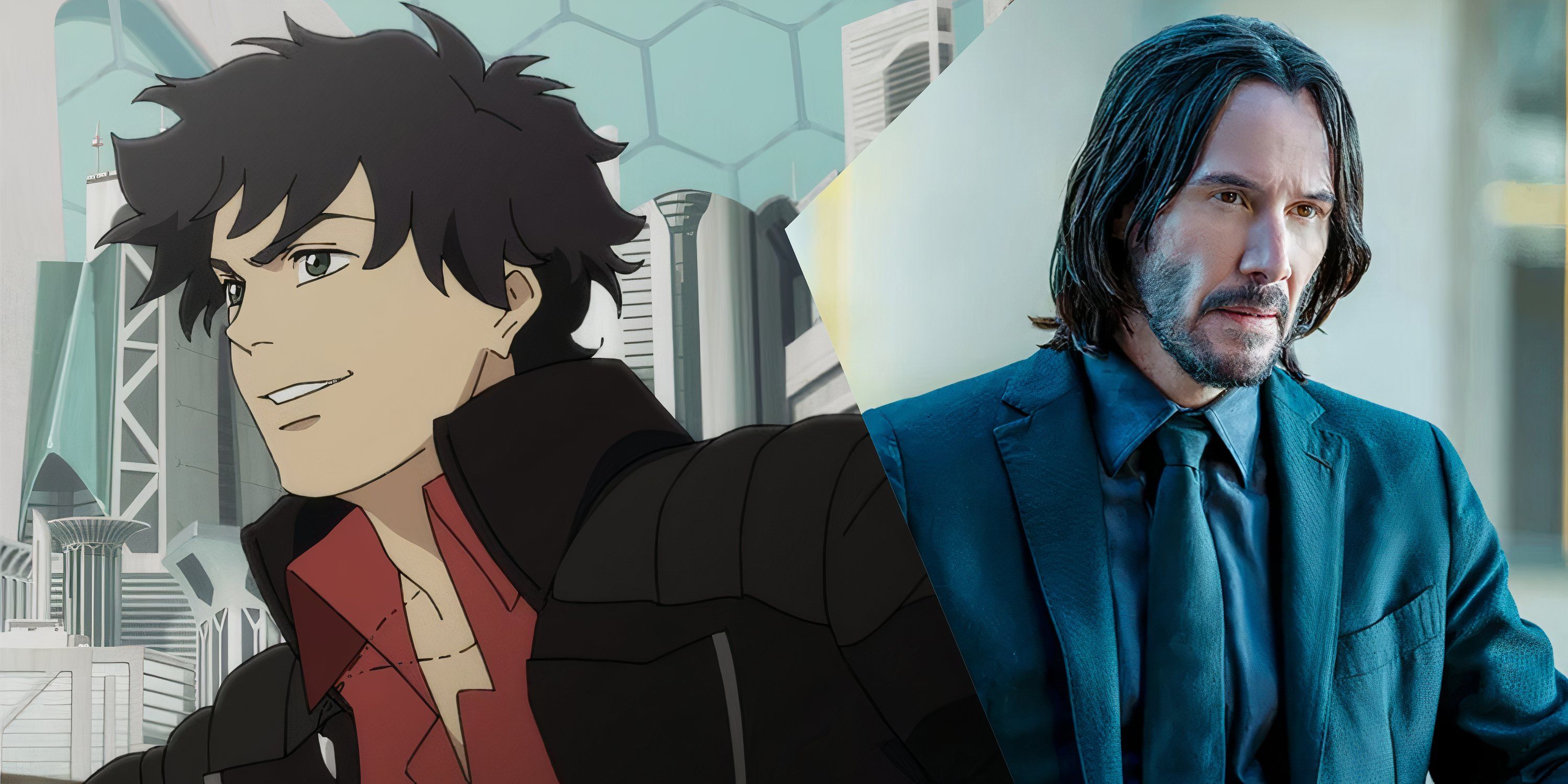
When renowned anime creator Shinichiro Watanabe declared his comeback to science fiction, fan excitement skyrocketed instantly. Known for masterpieces such as “Cowboy Bebop” and “Carole and Tuesday”, anything he creates is bound to generate buzz. However, few foresaw the revolutionary partnership that would send excitement levels soaring to an almost fever pitch.
In an effort to make animated fighting sequences more relevant for today’s audience, Watanabe looked for innovative partners. This quest resulted in an extraordinary collaboration—the active participation of director Chad Stahelski in shaping the action of Lazarus. This unique creative alliance signifies a significant turning point in the anime world, blending Eastern narrative styles with Western aesthetics and concepts.
John Wick Creator Cites Cowboy Bebop As Inspiration
Anime Legend And Action Director Found Common Ground Through Years Of Indirect Influence
In their new project, “Lazarus,” Watanabe and Stahelski might seem like recent collaborators, but their impact can be traced back for decades, even before they had met each other personally. Many fans of “The Matrix” have long recognized the anime influences within the franchise, extending beyond the spinoff titled “The Animatrix.” Notably, Stahelski, who initially worked as a stunt coordinator on “The Matrix,” acknowledged that Watanabe’s work was instrumental to his contributions under the direction of the Wachowski siblings. His admiration for Watanabe was so profound that the directors eventually invited him to join the team for the “The Animatrix” anthology.
When producer Joseph Cho linked them on “Lazarus”, this circular collaboration setup, inspired by each other, served as a seamless platform for teamwork. Their partnership expanded and strengthened through consistent dialogue, with both artists conversing twice weekly during the entire production process. For Stahelski, active participation was essential before getting involved. With his career ascending, he aimed to avoid mere association, instead fostering a genuine creative interchange rather than a promotional alliance. For Watanabe, Stahelski presented an opportunity to modernize his action-focused narrative without rehashing past successes. Speaking with Men’s Health, Watanabe emphasized the importance of finding fresh collaborators – specifically Stahelski. “We didn’t want to recreate what we had done before,” he said. “We wanted to create a new kind of action anime this time. The first idea that popped into my mind was John Wick.
The Animation Process Combined Live Action Principles With Hand-Drawn Techniques
An Intensive But Worth It Back-And-Forth Development Cycle
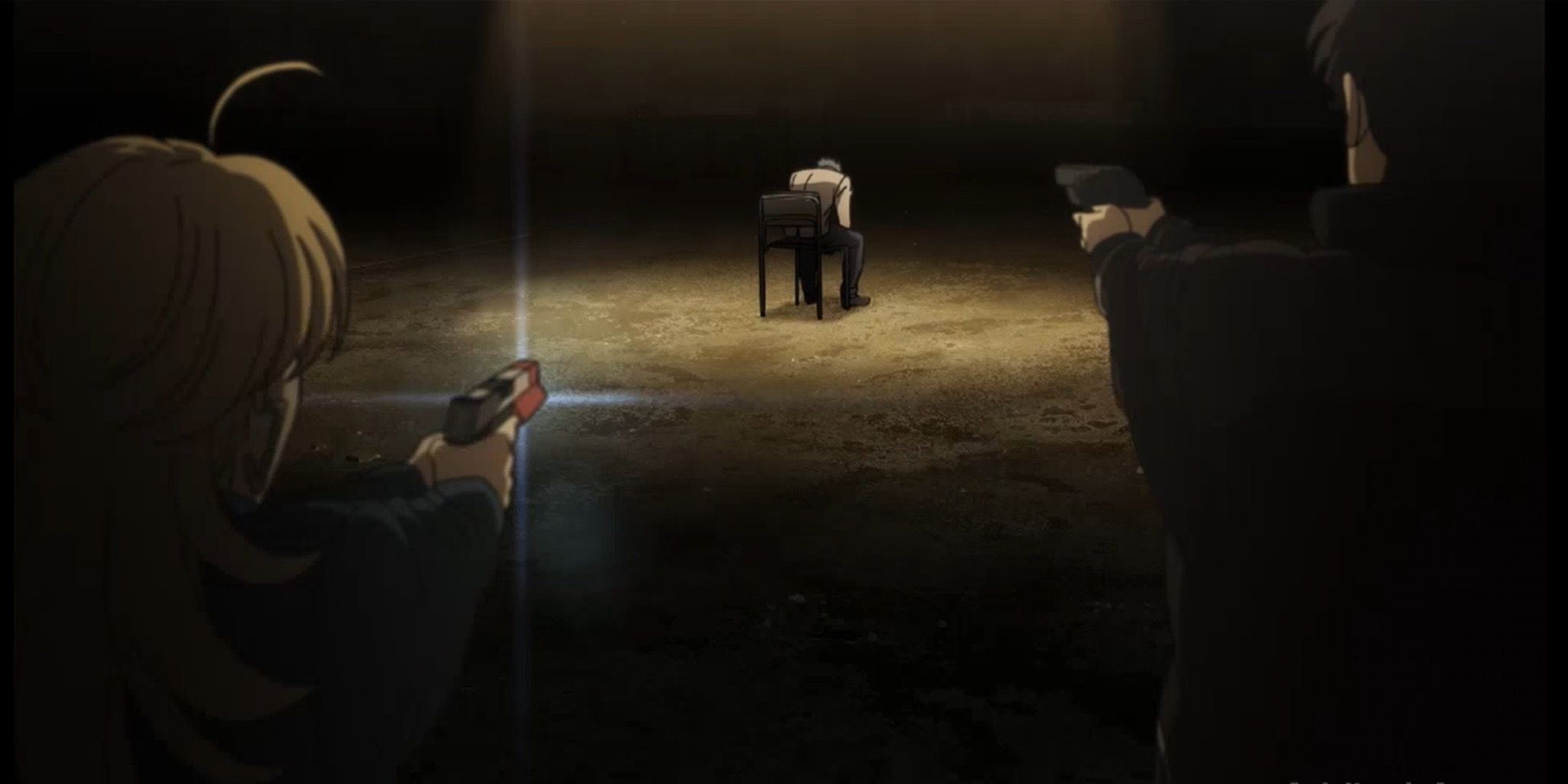
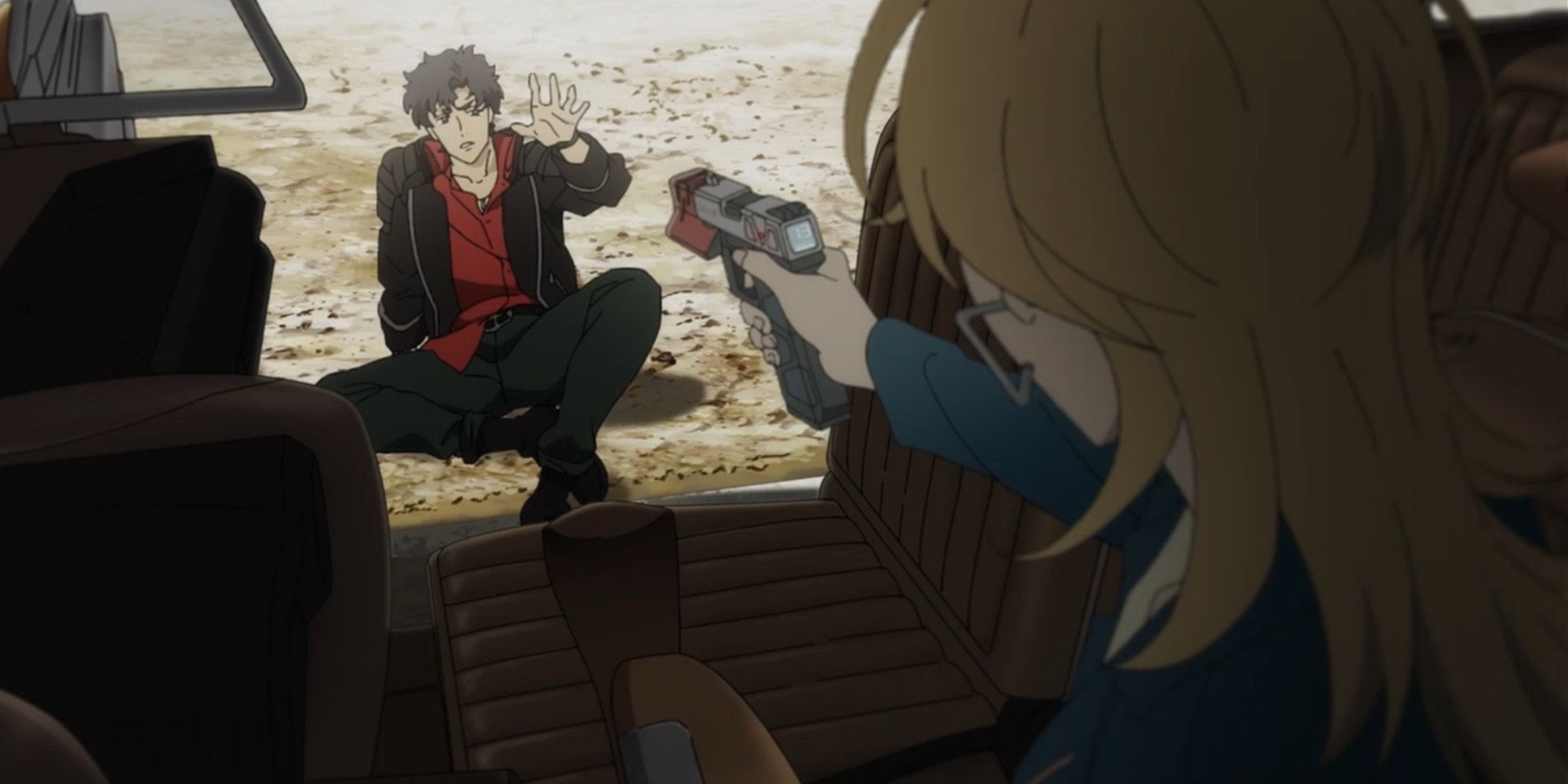
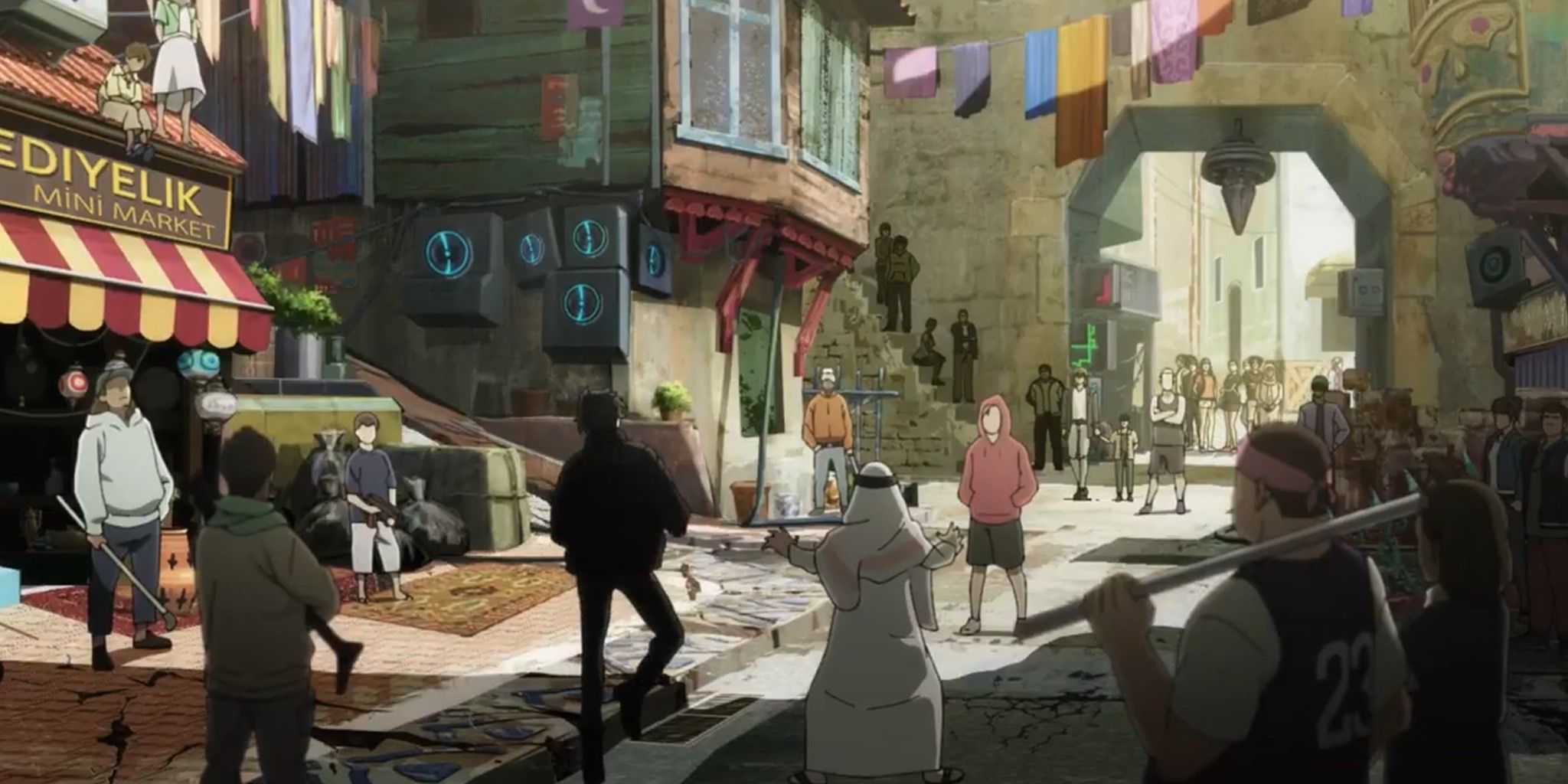
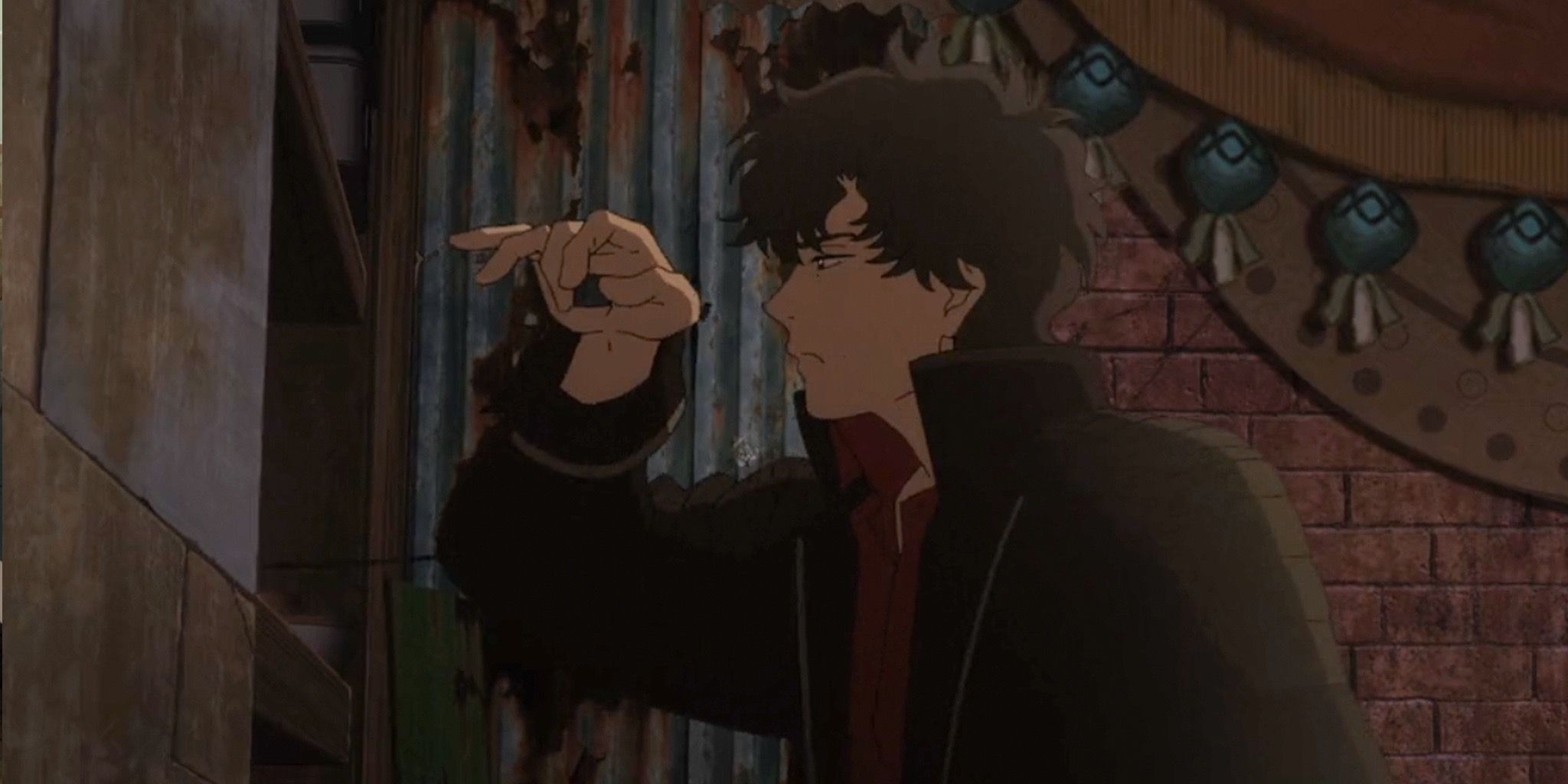
In traditional anime production, storyboarding and animation are usually handled separately. Typically, action sequences are crafted by animation directors themselves, but ‘Lazarus’ deviated from this pattern completely. This demonstrates Watanabe’s innovative creativity and ability to collaborate effectively. He is one of the most productive and admired auteurs in anime, yet he was open to working alongside another creative mind.
The process was straightforward yet required great attention to detail. After getting story ideas from Watanabe, Stahelski’s 87eleven Entertainment team would devise combat strategies at their Manhattan Beach studio. Subsequently, they filmed initial versions to send to MAPPA’s animation department. Upon receiving these, the animators didn’t just copy the movements or use motion capture. Instead, they analyzed the movement patterns and spatial understanding of Stahelski’s choreography, then implemented those principles using their animation skills.
When queried regarding their approach, Watanabe highlighted that simply repeating it would undermine its intent.
Watanabe emphasized that we didn’t solely depend on rotoscoping or motion capture. If we had, we felt we wouldn’t be able to surpass live-action. Stahelski explained this as an ongoing loop of perfection – a continuous process where both teams kept pushing each other out of their usual boundaries. The live-action crew filmed various methods, and Watanabe’s team created animated versions in response. This was followed by further refinements until we reached something neither could have thought up alone.
The Physical Language Of Combat In Lazarus Breaks From Animation Traditions
Establishing New Visual Vocabulary For The Medium
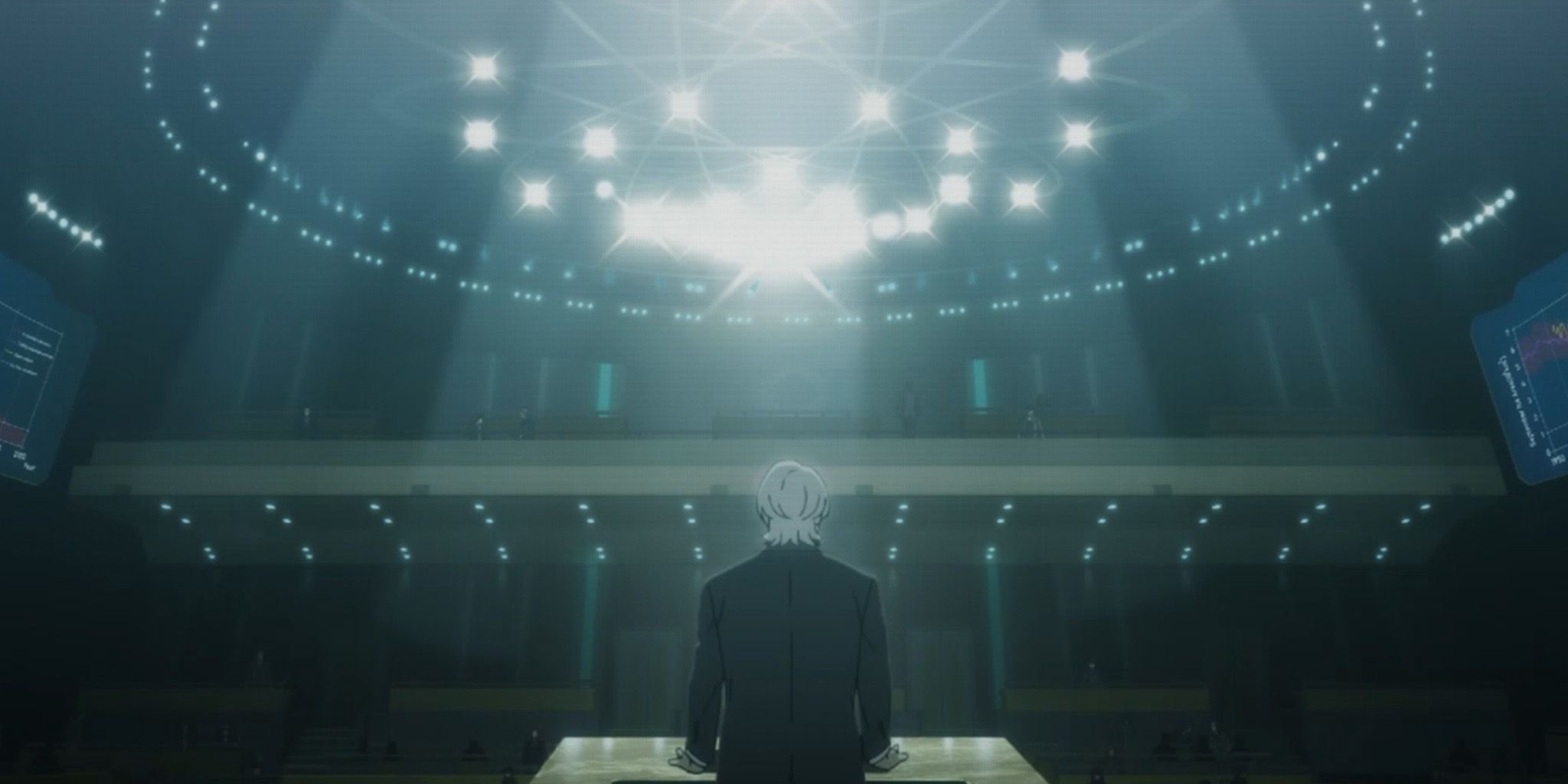
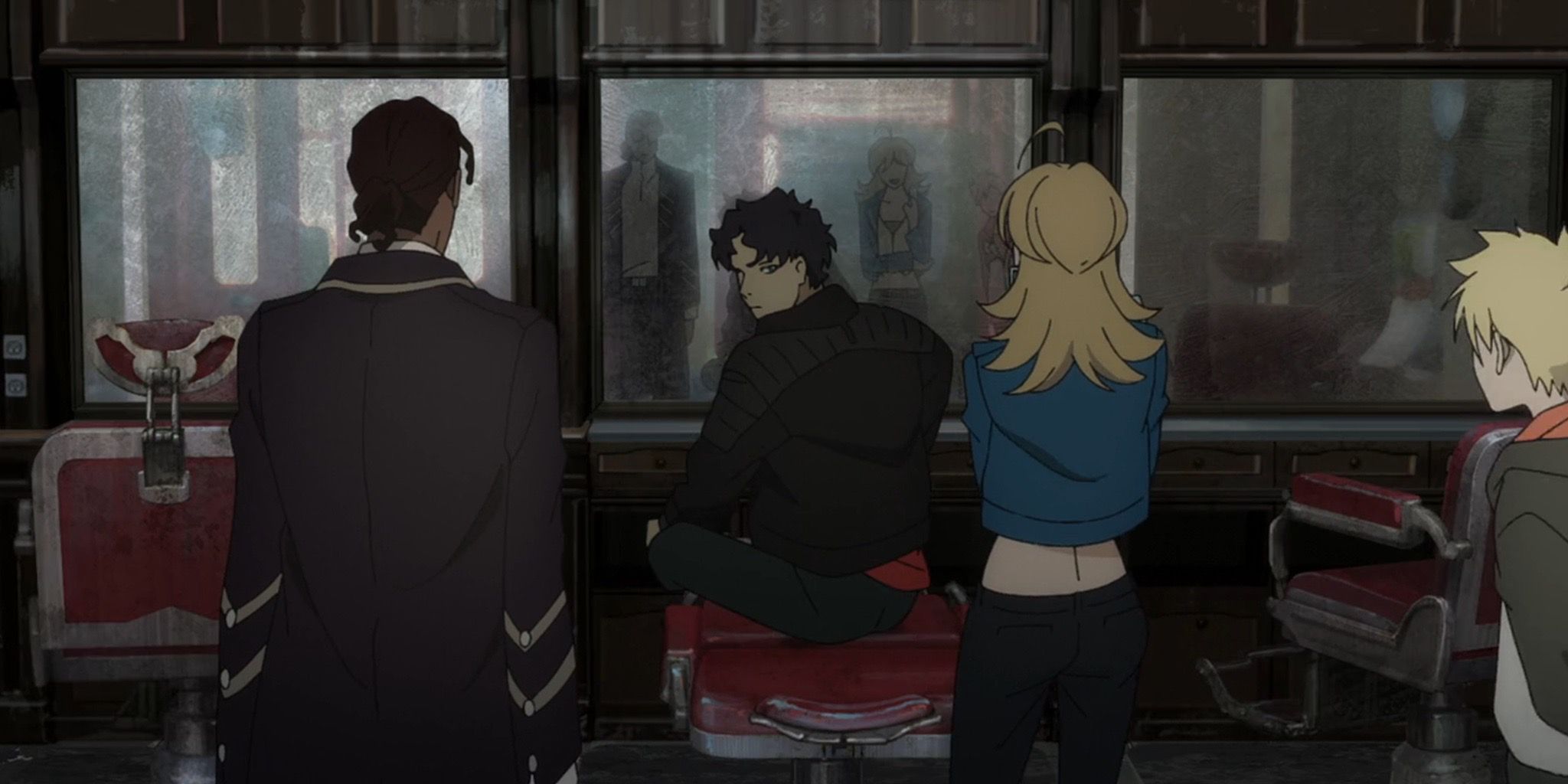
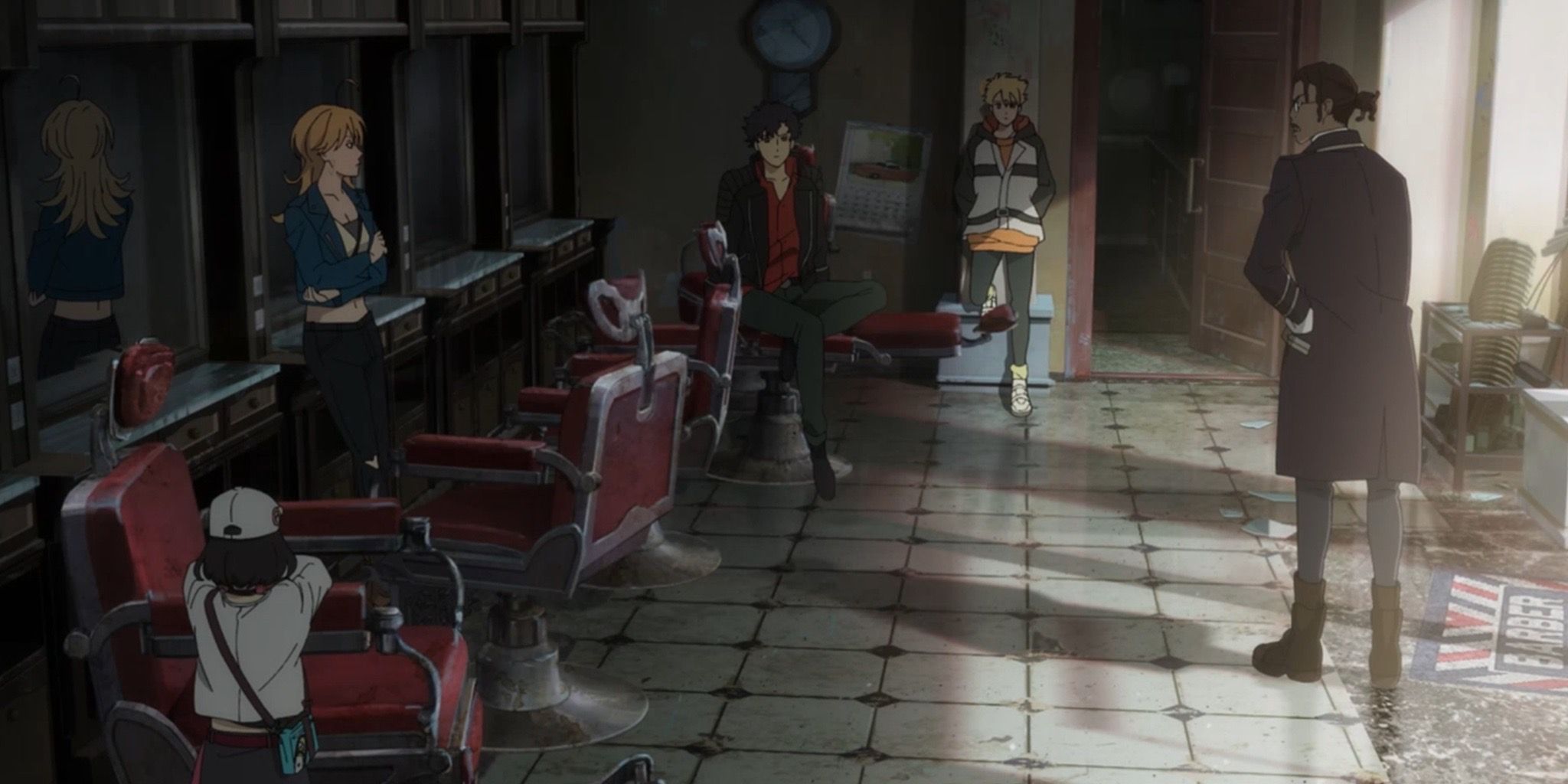
Viewers quickly spot unique fighting styles displayed by Lazarus compared to standard anime action sequences. While Axel retains the agile grace typical of a Watanabe production, his movements also embody the parkour-inspired choreography style of Stahelski. In contrast to typical anime fights that emphasize individual moments of visual grandeur, combat scenes in Lazarus are seamlessly continuous, with each action smoothly transitioning into the next.
We typically begin with a team of intelligent individuals, often at the director’s suggestion. From there, we’ll map out the scenes, arrange the movements, and aim to fill in the details as you move from point A to B, and finally to C.
Axel’s parkour fluidly integrates with city structures, merging earthbound agility with an intensified feeling of motion. The physicality, consistency, and forcefulness are all crucial aspects of the John Wick series. Stahelski’s talent enables Lazarus to showcase more intricate choreography, dynamically unfolding, thereby enhancing the overall experience significantly.
Both Creators Share An Obsession With Crafting Moments That Endure Beyond Their Initial Impact
Watanabe and Stahelski Have a History of Long-Standing Works
The core of Lazarus’s technical mastery is rooted in a philosophical affinity shared by Watanabe and Stahelski. Instead of merely piecing together scenes, these visionaries are meticulously constructing ones that linger in the minds of viewers even after the final credits have faded away.
In a playful manner, Stahelski said, “I can’t predict five moves from the original Matrix for you, but I can discuss Bullet Time.” Fast forward 26 years, and here we are conversing about The Matrix. If we fast forward another 4 years, we’ll be discussing Cowboy Bebop.
Using Lazarus, they aren’t merely demonstrating showy abilities; instead, they are pioneering ways in which animation like this is initially rendered. Axel’s acrobatic jumps through cityscapes and the graceful elegance of close-quarter combats, each twirl of his wrist conveys a narrative. As Stahelski expressed:
1. They aren’t simply displaying impressive skills with Lazarus; they are paving new paths in the way this type of animation is initially created.
2. Axel’s gravity-defying leaps and urban landscapes, combined with the balletic charm of close-quarters combat, each wrist movement tells a story. Stahelski explained it as follows:
3. In Lazarus, they aren’t only exhibiting fancy techniques; they are revolutionizing the approach to rendering animation similar to this from scratch.
4. Axel’s breathtaking jumps across cityscapes and the poised elegance of close-quarter fights, every wrist motion carries a tale. Stahelski put it this way:
To those deeply engrossed in “Lazarus”, that distinction is as obvious as the midday sun. Over a span of many years, the partnership has been meticulously crafted, and it now introduces a unique visual language that will significantly shape the aesthetics of anime moving forward.
Read More
- Brawl Stars December 2025 Brawl Talk: Two New Brawlers, Buffie, Vault, New Skins, Game Modes, and more
- Clash Royale Best Boss Bandit Champion decks
- Best Hero Card Decks in Clash Royale
- Call of Duty Mobile: DMZ Recon Guide: Overview, How to Play, Progression, and more
- Clash Royale December 2025: Events, Challenges, Tournaments, and Rewards
- Best Arena 9 Decks in Clast Royale
- Clash Royale Best Arena 14 Decks
- Clash Royale Witch Evolution best decks guide
- Brawl Stars December 2025 Brawl Talk: Two New Brawlers, Buffie, Vault, New Skins, Game Modes, and more
- Decoding Judicial Reasoning: A New Dataset for Studying Legal Formalism
2025-05-01 04:12
